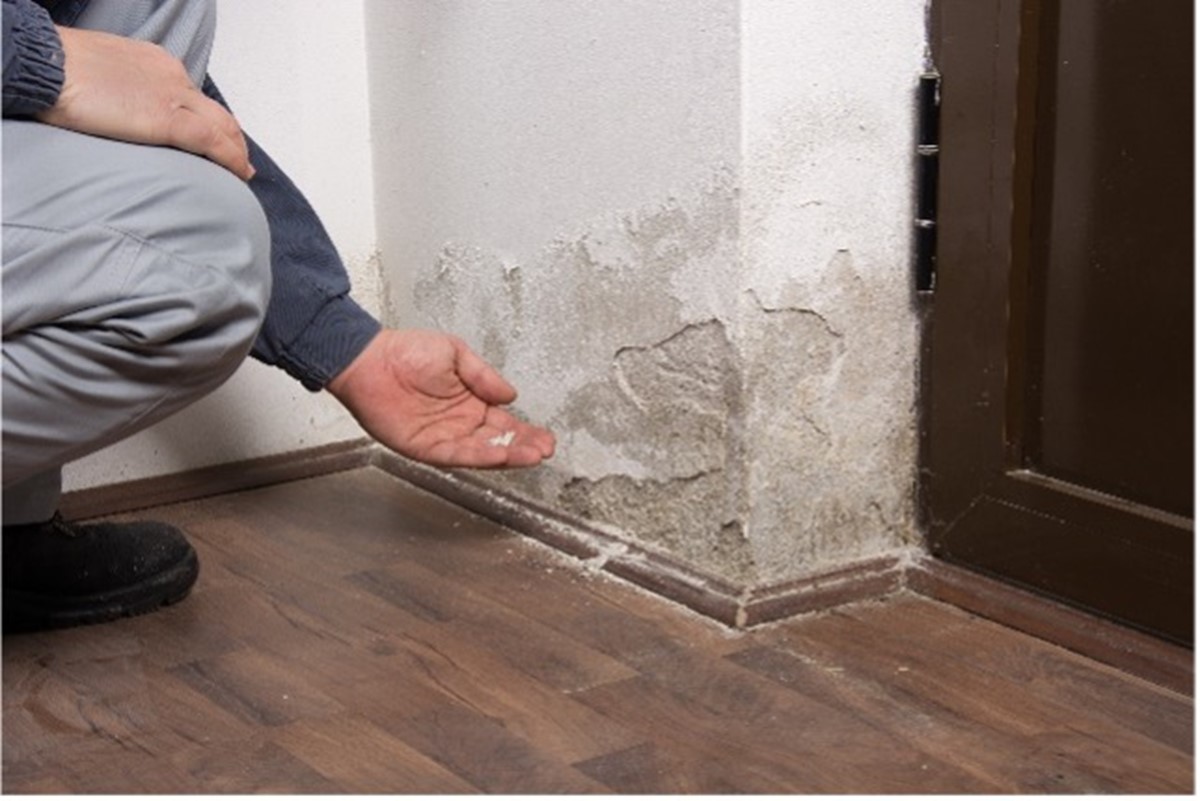Fair Wear and Tear in Rentals
When it comes to fair wear and tear in rental properties confusion tends to be a common occurrence, deriving from the murky waters of what properly defines fair wear and tear and what is accidental or even malicious damage. Disagreements can ensue and often can be the deciding point over return of a bond, but Property Management team leader Emily Larsen shares her insights to help avoid this happening.
Emily says, as outlined in our tenant vacate guide, tenants are required to “return your property in substantially the same condition as per the inventory and condition report, signed at the start of their tenancy (fair wear and tear considered). Our policy states they also need to have the carpets professionally steam cleaned and provide a receipt.”
However, when it comes to deciding who owns responsibility of any damage, it must first be clear what each constitutes.
Fair Wear and Tear or Accidental Damage?
The easy way to determine if something is wear and tear or damage, is to decide if it is something that is likely to happen over time, based on normal daily use of a home or something that has been misused e.g. used for a purpose other than which it is intended or deliberately damaged.
What is fair wear and tear?
This represents what is the expected deterioration of a property, I.e. from wind, rain and sun, and normal day-to-day use. Fair indicates the cause of the damage, for it to be fair it must have happened during fair use of the property. Minor marks from use of benchtops and carpet deterioration in a walkway is considered fair wear and tear, so are things from ageing of the property like rusting gutters or fading timber
Accidental Damage is the result of sudden, unexpected, or unforeseen events, e.g. a child scribbling on the walls.
Malicious damage is done on purpose with intent to do harm, motivated by spite with the aim of damaging the property (such as punching a hole through a door).
Intentional damage is often when an act is carried out without permission by the owner that would alter the state of the property (painting a wall without permission). But these are often easily identifiable.
Responsibility… who’s is it?
Tenants are not liable for damage caused by fair wear and tear, or damage caused by incidents outside of their control like a tree falling on the yard.
If the tenants are found to be liable, the person who pays depends on what type of tenancy agreement exists. A sole resident, that being the only tenant on the agreement, is the one responsible when damage is found at a property.
Co-tenancy is where two or more tenants sign to live in the premises together, they are then ‘joint and severally’ liable. This requires them to share responsibility for the condition of the home, and means they share the bill.
A sub-tenancy agreement entitles the tenant to let out a part of the residence to another party. In this case, the head tenant oversees the subtenant and means that they are responsible for their sub-tenants paying for damage if they are at fault.
If it was caused by negligence or a wilful act – the landlord may call on the tenant to rectify the damage or at the end of lease, make a claim against the bond for cost of repair. Co-tenants may also be jointly liable for the cost of damage caused by a housemate.
If someone else has caused the damage that was not authorised in the premises by the tenant i.e. the lessor allowed them in or an intruder, then it is not the tenants responsibility.
When a tenancy ends.
When a tenancy ends, Emily says a vacating guide will be given to the tenant outlining their responsibilities.
“Once they’ve vacated we conduct the final inspection, where we then provide a report with anything that needs to be rectified to return the property to a similar condition that they received it in (minus fair wear and tear).”
It is a good idea to ensure the premises is well documented from the start and during the occupancy. Thorough rental condition reports can be useful to avoid or settle disputes. It is in the best interests of all parties to make sure reports are complete and signed. If an insurance claim needs to be made, these reports will be needed.
Repairs:
The landlord is required to keep the premises in a reasonable state of repair. Simple fixes like changing a light bulb, are the responsibility of tenant/s.
Non-urgent repairs must be carried out within four weeks of being notified to landlord – they must make these fixes as soon as necessary.
What happens if the tenant’s ?damage exceeds their bond?
As Emily suggests, landlord’s insurance should generally cover any excess bill beyond the bond – depending on how comprehensive the cover is. It is also advised to get a policy that covers periodic tenancies. For more on landlord insurance read our article here.

Thinking of buying off the plan?
Sign up to our VIP mailing list for info on off-plan properties before they hit the market and our top buying off-plan tips.